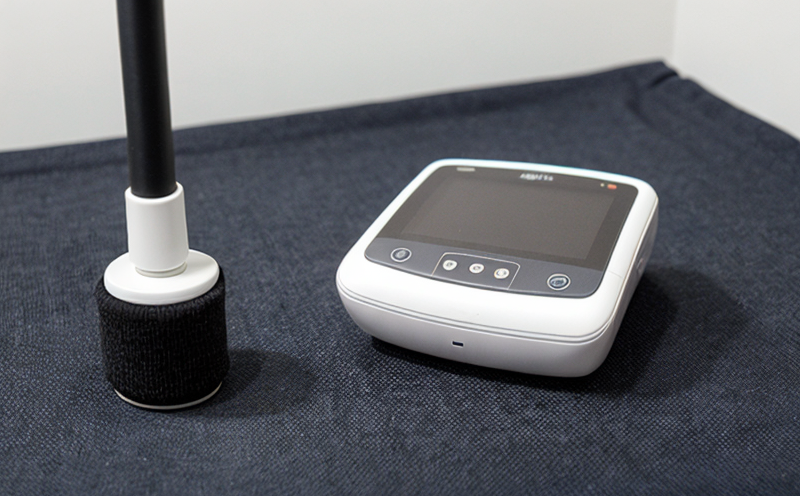Testing wash durability of printed circuit fabrics
The testing of wash durability in printed circuit fabrics is a critical process that ensures the longevity and reliability of these specialized textiles. Printed circuit fabrics are used in various sectors, including electronics manufacturing, aerospace, automotive industries, and medical equipment, where components must maintain functionality despite prolonged exposure to washing conditions.
In this context, wash durability testing assesses how well printed circuit fabrics retain their electrical performance and mechanical integrity after multiple washing cycles. The primary focus is on the resistance of conductive inks, traces, and overall structure against abrasion, moisture, and temperature variations that occur during typical laundry processes.
The process involves several key steps: preparation of the specimen, application of the test conditions, observation of performance metrics, and interpretation of results. The specimens are typically cut into standard sizes to ensure uniformity across tests. After preparing the samples, they undergo a series of wash cycles using detergents and water temperatures similar to those used in industrial or domestic washing machines.
Following each cycle, detailed measurements are taken to evaluate changes in electrical resistance, conductivity, and mechanical strength. Additionally, visual inspections assess any signs of degradation such as chipping, cracking, or lifting of the printed circuit layers.
The results from these tests provide critical data for manufacturers and quality assurance teams to identify potential issues early on and optimize production processes. This not only enhances product reliability but also contributes significantly to sustainability efforts by minimizing waste and ensuring products meet stringent durability standards.
- Customer Impact: Ensures that printed circuit fabrics remain functional even after repeated washings, enhancing customer satisfaction and trust in the brand's quality.
- Sustainability: By identifying weak points early, companies can reduce material usage and energy consumption throughout the product lifecycle.
- Quality Assurance: Regular testing helps maintain consistent performance across batches, leading to more reliable products.
Why It Matters
The durability of printed circuit fabrics is essential for ensuring the safe and efficient operation of electronic devices that incorporate these materials. In sectors like aviation and healthcare, where reliability is paramount, even minor reductions in performance can lead to significant safety risks.
For instance, in aerospace applications, circuits may be exposed to harsh environmental conditions during manufacturing and maintenance. Ensuring robust wash durability prevents failures due to moisture ingress or mechanical stress that could compromise system integrity. Similarly, in medical devices, improper cleaning of printed circuit fabrics might result in compromised electrical insulation, posing health hazards.
Moreover, the ability to perform these tests efficiently also supports compliance with international standards such as ISO 17635 for textile testing and IEC 60068-2-49 for environmental stress screening. Adherence to these standards ensures that products meet global quality benchmarks, opening up broader market opportunities.
By investing in comprehensive wash durability testing, companies not only protect their reputation but also contribute positively towards sustainable practices within the industry. This proactive approach fosters innovation and continuous improvement, ultimately leading to safer, more reliable products.
Industry Applications
The application of printed circuit fabrics extends across numerous industries where lightweight yet robust electrical connections are required. Key sectors include:
- Electronics Manufacturing: Printed circuit fabrics find use in flexible electronics, wearable devices, and smart textiles.
- Aerospace & Defense: In aircraft interiors and avionics systems, where weight reduction is crucial for fuel efficiency.
- Automotive Industry: For seat covers, door panels, and other interior components that require electrical connectivity without compromising design aesthetics.
- Medical Devices: Use in patient monitoring systems and implantable devices to ensure continuous functionality despite frequent cleaning cycles.
In these diverse fields, the robustness of printed circuit fabrics is evaluated through rigorous wash durability tests to guarantee consistent performance under real-world conditions. The tests help manufacturers select appropriate materials that balance cost-effectiveness with reliability.





